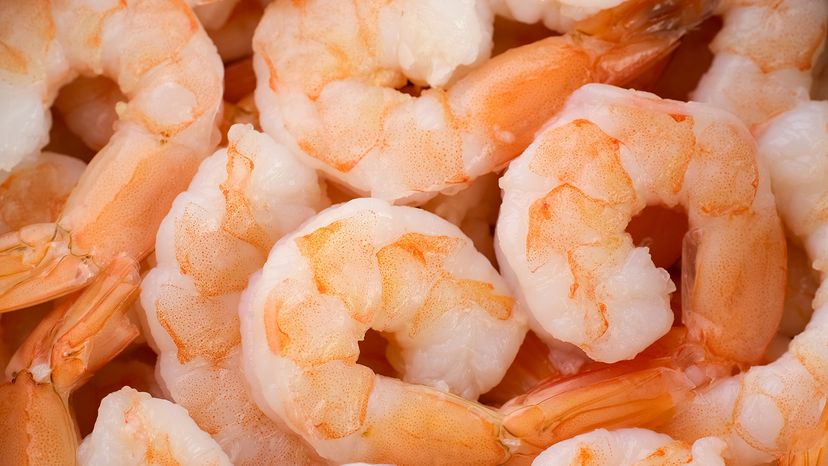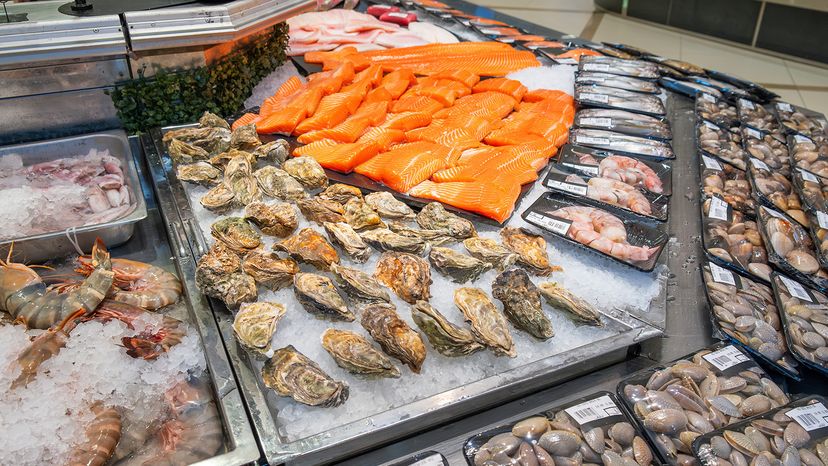
Walk up to any seafood counter and you’ll see them sitting side by side: prawns vs. shrimp. To the untrained eye, they look nearly identical. But dig a little deeper—or crack a few shells—and you'll uncover some key differences.
Both prawns and shrimp are crustaceans with a similar taste and texture. They’re used interchangeably in recipes across the globe, from Italian scampi to Thai stir-fries.
Advertisement
But despite their culinary similarities, they differ in body structure, habitat, and how they cook.

